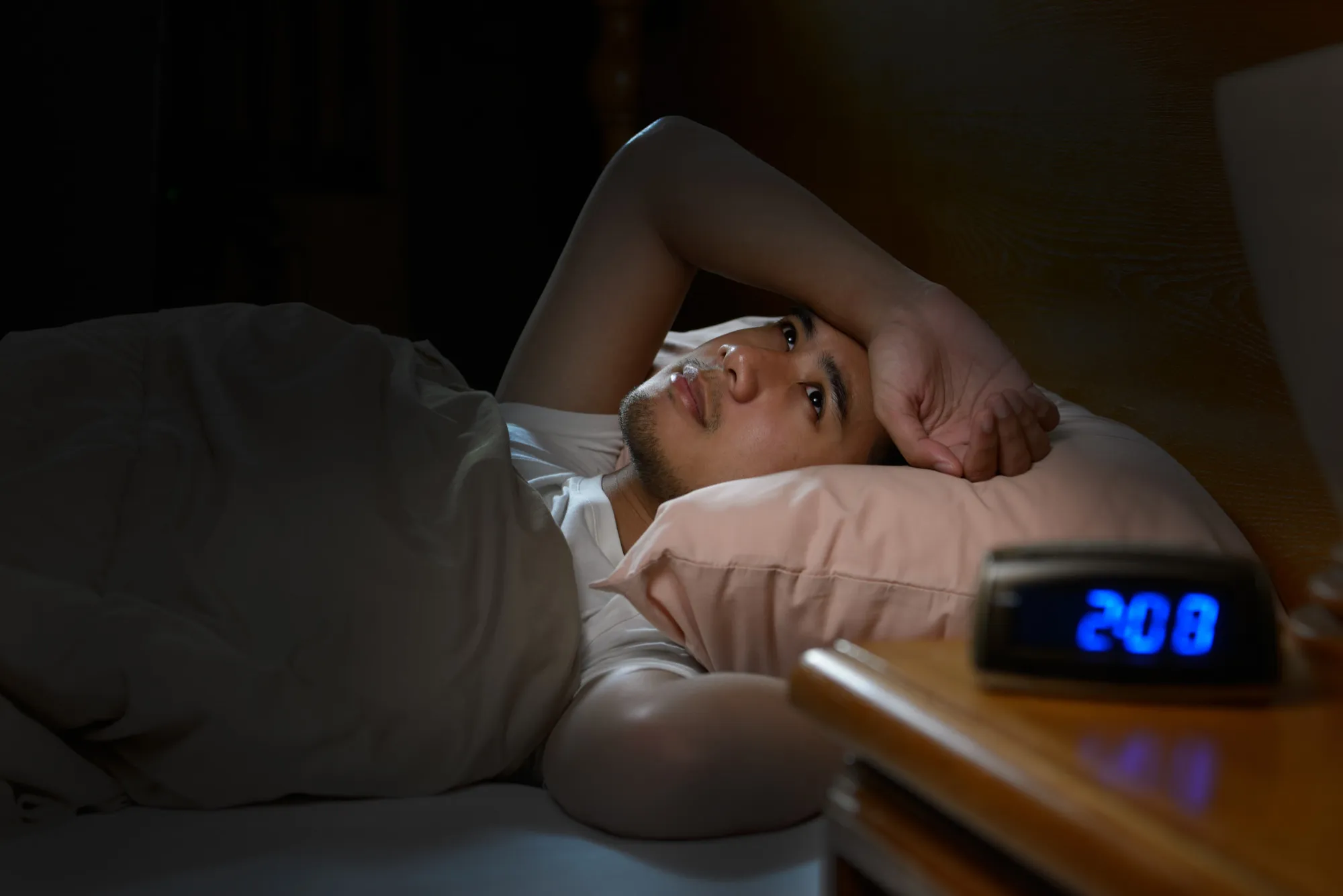In the constantly evolving field of psychiatric research, a groundbreaking study published in the “Journal of Affective Disorders” has shed light on the potential underlying mechanisms connecting insomnia with inflammation in adolescents suffering from major depressive disorder (MDD). Conducted by a team from the Anhui Medical University in China, the study’s findings are pivotal, pointing toward a potential biomarker for assessing and treating MDD in younger populations. The study, referenced by its DOI: 10.1016/j.jad.2024.01.031, signifies a major step forward in understanding and managing adolescent mental health.
Background and Objectives
Major depressive disorder (MDD) is a debilitating mental health condition characterized by persistent low mood, loss of interest, and a variety of physical and emotional problems. Affecting individuals of all ages, MDD is particularly concerning in adolescents, where it can severely impact development and quality of life. Insomnia is a common symptom within this demographic, often exacerbating the clinical picture of depression.
While previous research has linked insomnia with elevated inflammatory biomarkers in adults, the correlation in adolescent populations has remained underexplored. The study by Liu et al. (2024) aimed to close this knowledge gap by investigating the associations between insomnia symptoms and inflammatory cytokines—messenger molecules that modulate the immune response—in adolescents with first-episode and recurrent MDD.
Methodology
The study involved 164 adolescents diagnosed with MDD, compared to 76 healthy controls (HCs), from January to December 2021. They used the Center for Epidemiological Studies Depression Scale (CES-D) for depression assessment and the Insomnia Severity Index Scale (ISI) for insomnia. Inflammatory cytokines, including interleukin (IL)-1β, IL-6, IL-8, IL-10, IL-17A, and tumor necrosis factor-α (TNF-α), were measured in plasma samples.
Key Findings
A staggering 40.24% of the adolescents with MDD presented with mild insomnia symptoms, while 36.59% showed moderate and 6.71% severe symptoms. The study recorded significantly higher levels of certain cytokines—IL-1β, IL-6, and TNF-α—in depressed adolescents compared to their healthy counterparts. Moreover, a positive correlation emerged between ISI scores, which reflect the severity of insomnia, and both CES-D scores and levels of IL-1β, IL-6, and TNF-α among first-episode MDD patients. This correlation was not observed in patients with recurrent episodes.
Further analysis through multivariate stepwise linear regression revealed that ISI score was independently associated with CES-D score and TNF-α levels, insinuating an intricate biological link between depressive and insomnia symptoms facilitated by inflammatory processes.
Implications
These findings suggest that inflammation could play a vital role in the pathogenesis of insomnia symptoms within the context of adolescent MDD. The connection may lend itself to new therapeutic targets that address inflammation to alleviate insomnia and subsequently improve depressive symptoms.
It is pivotal to note the study’s cross-sectional design, which precludes establishing causality. The researchers call for longitudinal studies to delve deeper into the causal relationships between insomnia symptoms and inflammatory cytokines in MDD.
Conclusion
Insomnia symptoms in adolescents with first-episode MDD are common and are related to elevated inflammatory cytokine levels. This novel research highlights the necessity for further investigation into the role of inflammation in adolescent depression and its potential to revolutionize treatment strategies, potentially leading to more effective management of this severe disorder in a younger population.
The study was conducted without any declared commercial or financial conflicts of interest, reinforcing its scientific impartiality. The full implications of this research remain to be seen, and the field awaits further studies that it hopes will emerge as a natural progression of this intriguing work.
References
1. Liu, L., Yang, X., Yang, C., Tian, Y., Li, W., Xia, L., Liu, H. (2024). Associations between insomnia symptoms and inflammatory cytokines in adolescents with first-episode and recurrent major depressive disorder. Journal of Affective Disorders, 350, 110-117. https://doi.org/10.1016/j.jad.2024.01.031
2. Miller, A. H., Maletic, V., & Raison, C. L. (2009). Inflammation and its discontents: the role of cytokines in the pathophysiology of major depression. Biological psychiatry, 65(9), 732-741.
3. Baglioni, C., & Riemann, D. (2012). Is chronic insomnia a precursor to major depression? Epidemiological and biological findings. Current Psychiatry Reports, 14(5), 511-518.
4. Gabbay, V., Klein, R. G., Katz, Y., Mendoza, S., Guttman, L. E., Alonso, C. M., … & Babb, J. S. (2009). The possible role of the kynurenine pathway in adolescent depression with melancholic features. Journal of Child Psychology and Psychiatry, 50(8), 935-943.
5. Irwin, M. R. (2019). Sleep and inflammation: partners in sickness and in health. Nature Reviews Immunology, 19(11), 702-715.
Keywords
1. Adolescent depression inflammation
2. Insomnia cytokines link
3 Major depressive disorder biomarkers
4. Inflammatory cytokines MDD
5. Adolescent insomnia treatment research
